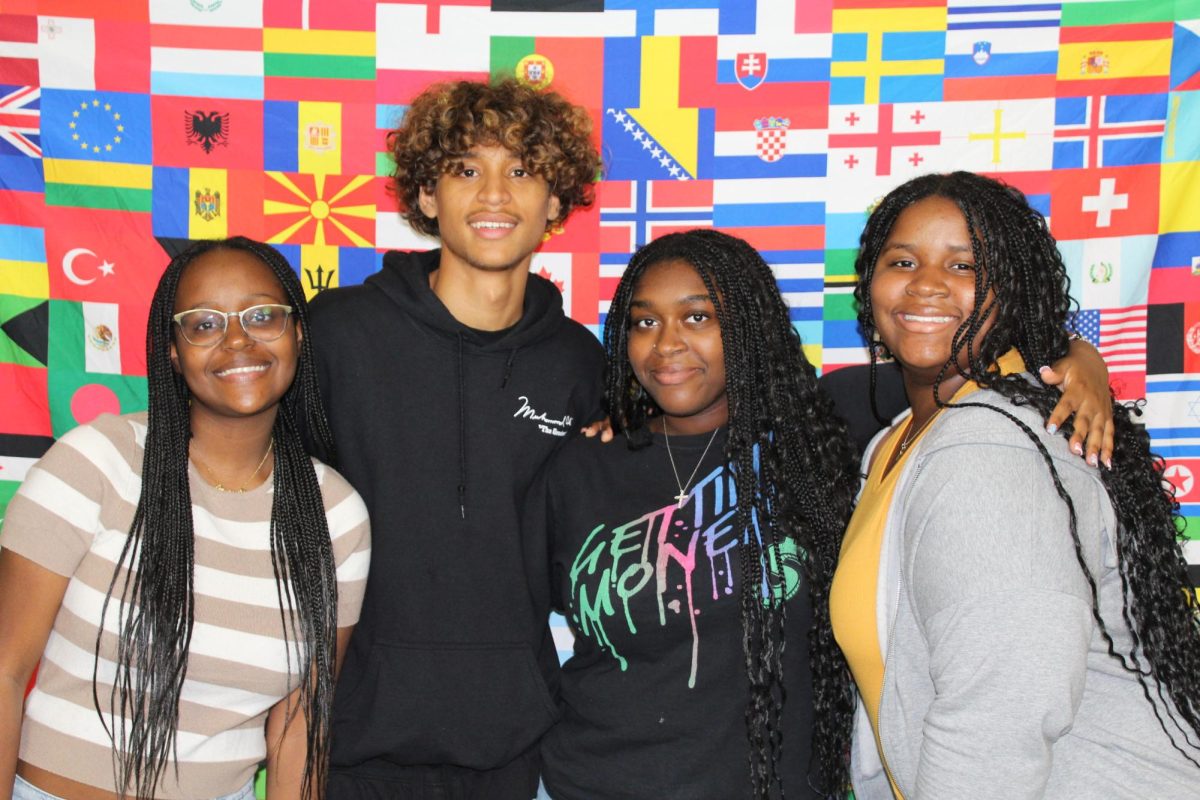When thinking about the best “Daredevil” runs, most people’s minds usually go straight to creators like Frank Miller, Brian Michael Bendis, or Mark Waid– and while I am a huge fan of all of those, I feel that another name definitely deserves to be in the mix.
After the monumental tale of “Daredevil: Born Again,” by Frank MIller and David Mazzucchelli, somebody had to continue writing the title. Surprisingly, the writer chosen was a woman, which was an unusual pick in this male-dominated art form. Her name was Ann Nocenti, and she ended up having the (at the time) longest “Daredevil” run ever, consisting of 53 issues from 1986 to 1991. It’s known for its frequent use of left-leaning politics, mental deepdives, and outlandish stories that would place Daredevil in places no sane reader would ever expect.
While the initial art team was fairly inconsistent, Nocenti’s ideas weren’t. Her first 10 or so issues were self-contained stories that dealt with compelling topics such as PTSD, addiction, and the rich taking advantage of those beneath them. It isn’t until issue #248 (one of my favorite Daredevil issues of all time) where things really get going.
At that point, Nocenti had gotten enough time to brainstorm how she’d really leave her mark on the title, and began the tale that would last the entire run (with the exception of two filler issues.)
Suddenly, Kingpin was brought back to the book, secretly running a company that was purposefully polluting the water of New York to attract the attention of Daredevil’s alter ego, Matt Murdock (who had gone under Kingpin’s radar since “Born Again”). While I already enjoy Nocenti’s previous approach to her politically leaning comics, I adore how well she can mix politics and comic-book villainy here.
I also adore how this affects Daredevil. After being systematically destroyed by the Kingpin, he no longer has a law license, nor his typical faith in legal justice. He feels that there is no alternative to being a vigilante… until he runs into a boy blinded by the water polluted by Kingpin.
Motivated by his amazing girlfriend, Matt is tempted to try being a lawyer once more, which is a little tough considering the lack of a law license. Luckily, the aforementioned amazing girlfriend of his, Karen, knows just what to do (other than be one of my favorite Daredevil characters.) She starts a legal aid and drug advice clinic, allowing her to be able to help out people struggling with drug abuse, like she used to, and Matt to ghost lawyer for clients who need his help.
Many people don’t like Karen due to misogyny, a lack of sympathy for recovered drug addicts, and lastly, because they didn’t read this run. Nocenti writes Karen as an integral part of Matt’s life. Without her, his violent tendencies and distrust in the law would have driven him down a self destructive path.
With a positive new living situation, Matt and Karen begin to do great work in Hell’s Kitchen, while Kingpin not only observes them, but lets his hatred slowly cause him to act sloppier and sloppier as he struggles to really harm them.
This is also around the time when legendary artist John Romita Jr. joins the title. His work here is some of my favorite of his. The usage of cross hatching and blocky characters really make it stand out. And with the inclusion of incredible inker, Al Williamson and creative colorist, Christie “Max” Scheele, this team leads to some of the best “Daredevil” art around.
While there’s an argument to be made that some of the best “Daredevil” stories are ones that depict the titular character as a depressed wreck, I feel that stories like that can get old when they spend too long reveling in the sadness.
Nocenti understands this to an amazing degree. She crafts an era of the book that is infinitely unique and memorable, which is more than impressive when talking about a series that’s nearing 60 years of existence. Matt and Karen make the most of it before all hell breaks loose (quite literally in some issues), before Nocenti knows it’s time to start shaking things up again.
Overall, I find this run so special because it not only builds off of one of the most well-known comics of all time, but introduces unique and compelling ideas to the title, while leaving breathing room for the characters. It’s a political and psychological deep dive into the ethics of super heroes, super villains, and much, much more. Whether it’s the fact that these issues depict powerful female characters, strong political opinions, unusual narratives– or the fact that it was all written by a woman, this phenomenal run has been criminally overlooked for nearly 40 years.







